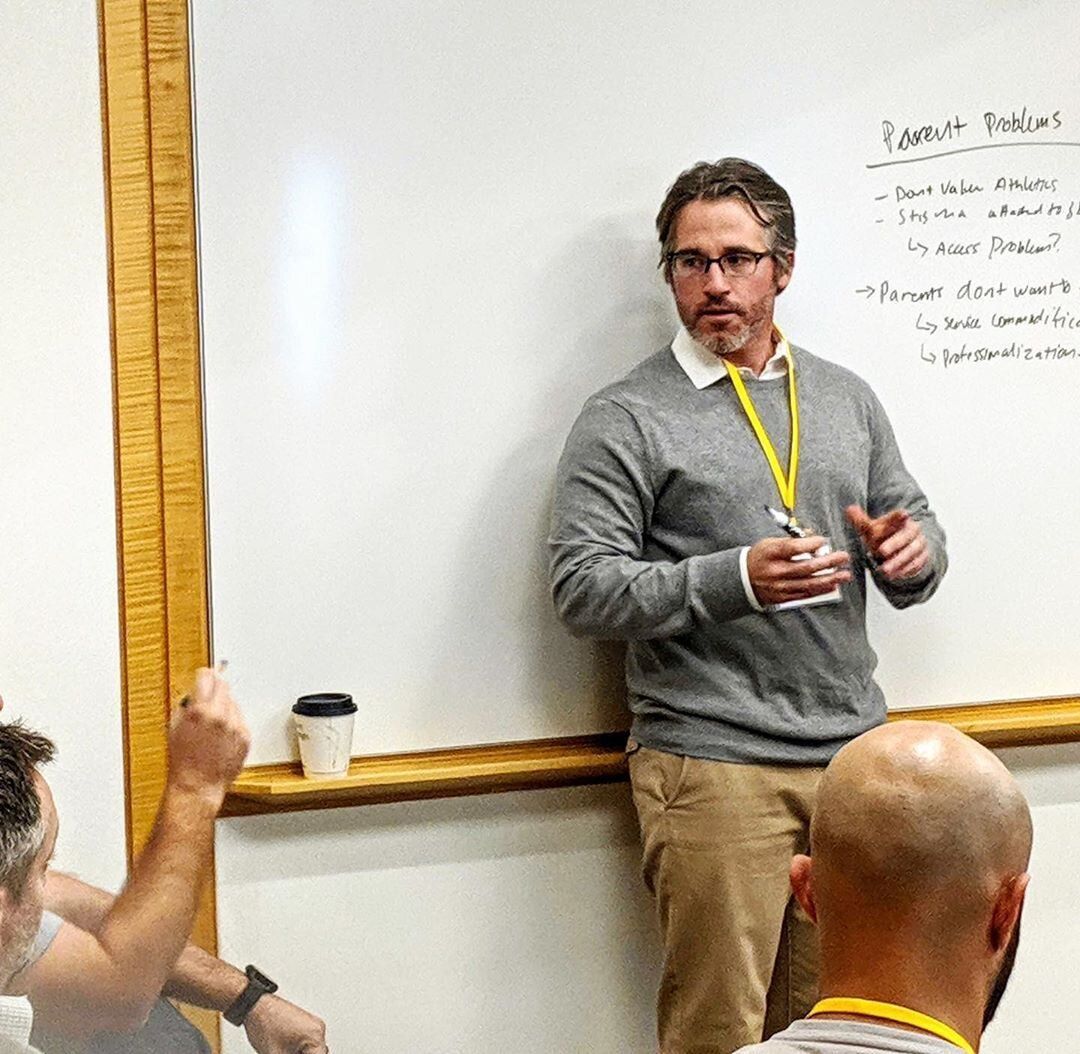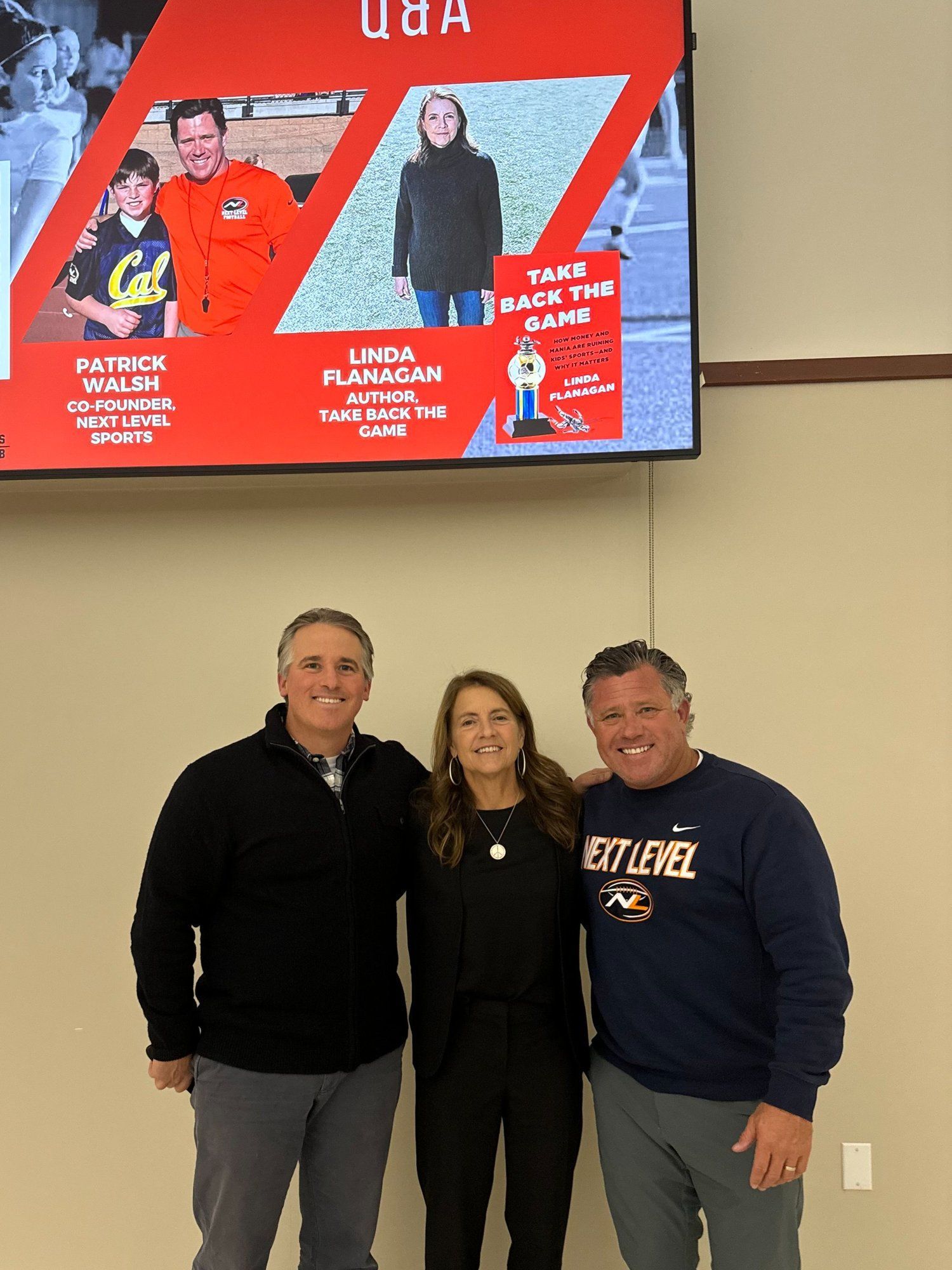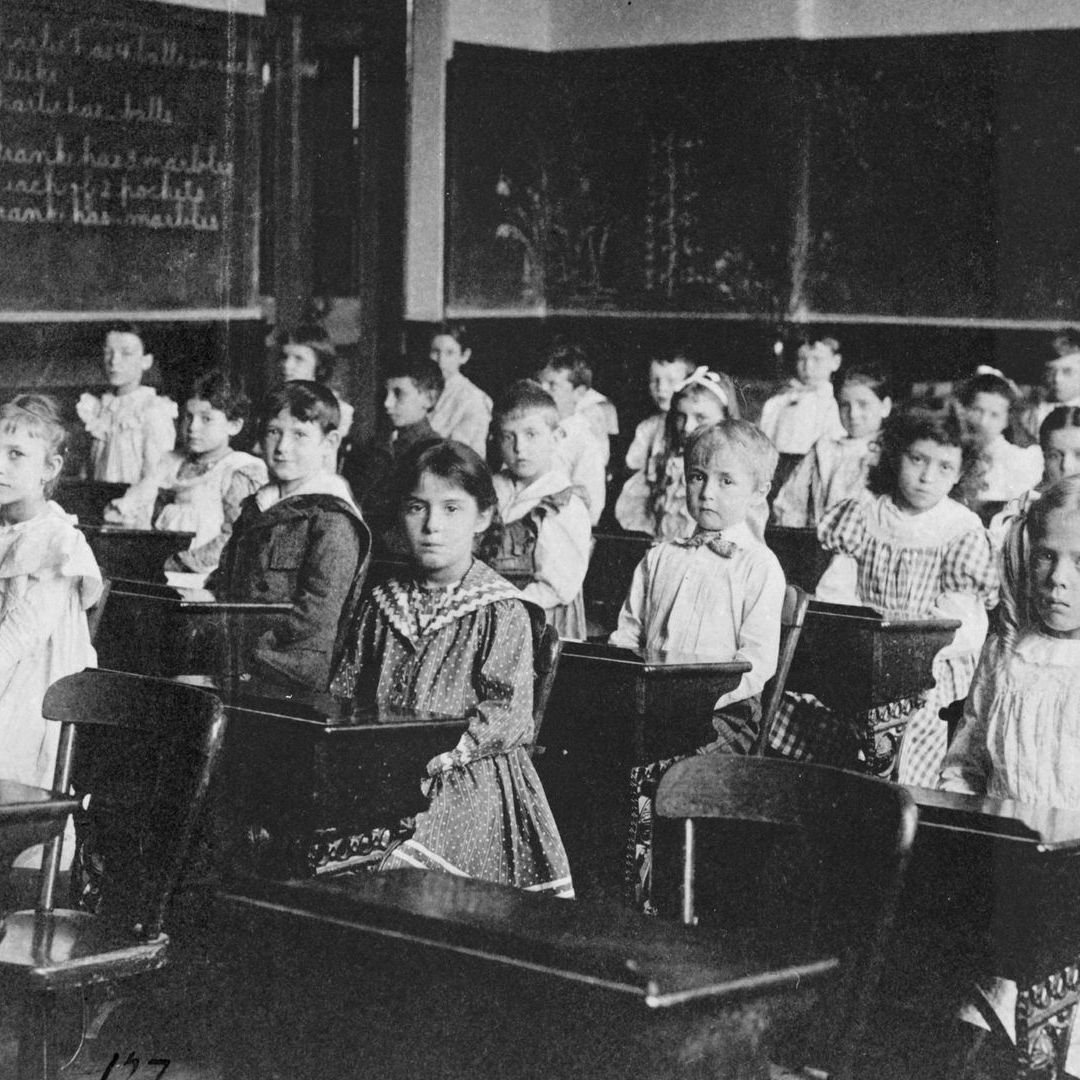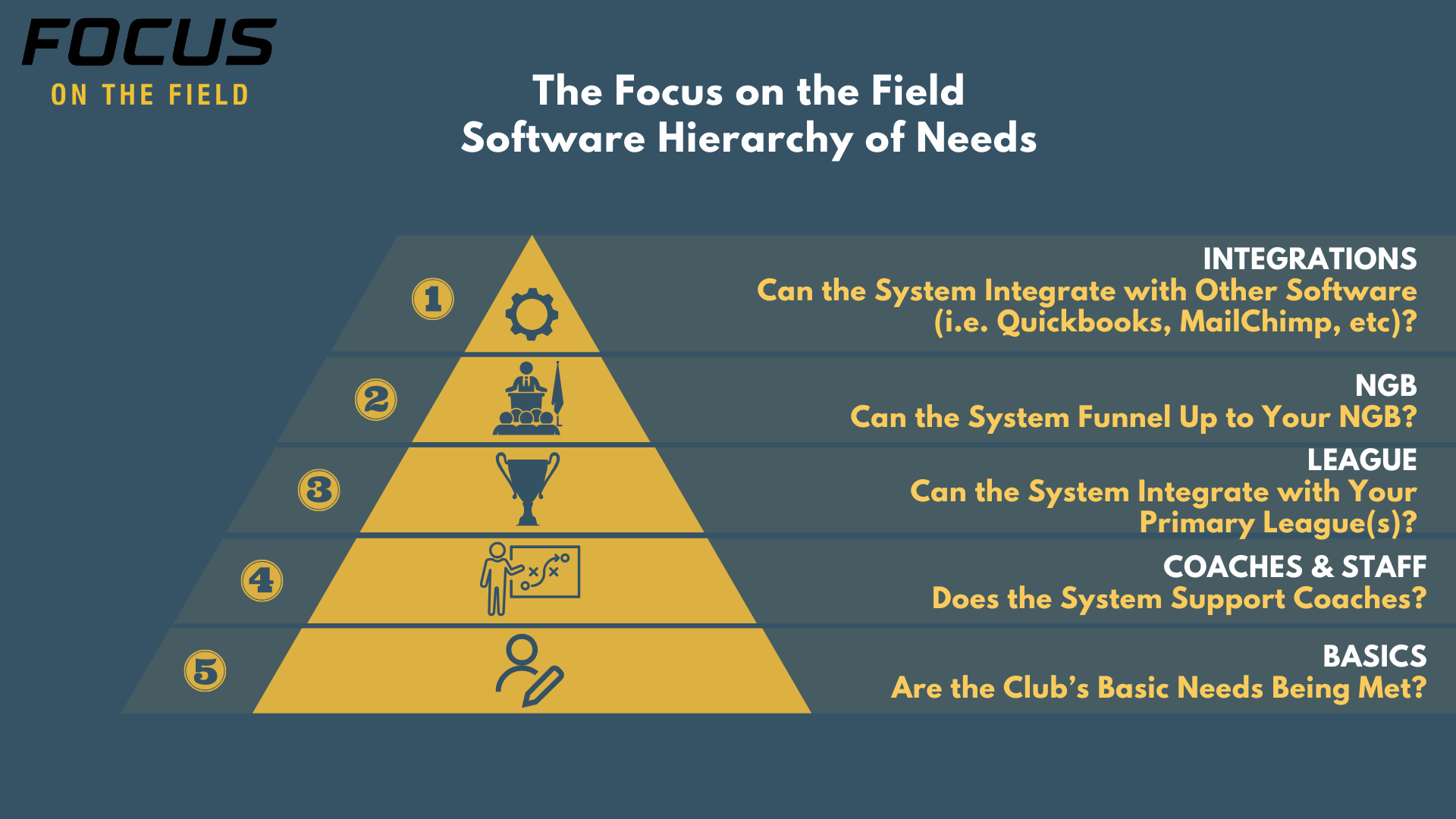Series: ‘A Note to Parents’ - Make it Intentionally Good

In this series of posts, published by our CEO Tyler Kreitz when he was the COO of ADVNC Lacrosse, Tyler sheds light on pressing issues facing families in youth sports. Not only does Tyler provide valuable insight on these issues from top researchers in the space, but also tangible solutions to instill positive change in the youth sports ecosystem coming out of the COVID-19 pandemic.
1/30/20
Dear Parents,
For as much as we all love sports and believe in their intrinsic value, it is not difficult to find evidence that youth sports are on a perilous path of having their values lost. As discussed before, this is not revelatory nor news. Simply start a Google query with “Youth Sports are”... and the automatically filled searches that pop up begin with “out of control” and “too intense”. It doesn’t get much better from there. There has been so much discussion about the dark side of sports and the youth sports industrial complex that it’s logical to question whether sports can still be a force for good.
With intention, they can. John O’Sullivan, the founder and CEO of Changing the Game , and one of the biggest champions of sports potential, recently argued against the fundamental goodness of sports. Instead, he wrote that sports “are neutral, and only when (you) are intentional about making it positive does it have the opportunity to bring about good experiences”.
This makes sense to anyone who has been a player or a coach or been around sports in some capacity. Sports can be a force for good, but only if you intentionally design them to be that way. Whether you are using sports as a vehicle to guide players in the college search process or encouraging sports sampling and player development , the intentional design will improve outcomes. Even at the highest levels of NCAA D1 athletics, the Army football team is a testament to the power of what sports can do for individuals when they are built around a bigger purpose than wins or losses.
Intentionally designing around a higher purpose is key. Studies have proven that having a higher purpose in life will lead to better health outcomes thus it’s an easy bridge to build to see that building around a bigger purpose will cultivate a positive experience through sports. Never had this been more evident than during our recent experience at the Sandstorm Lacrosse Tournament in Indio, CA.
For those who haven’t been, Sandstorm is a massive event. Spread across 60+ fields at the Empire Polo grounds in Indio, CA, it is the ‘Youth Sports Industry’ come to life and has become a destination weekend for lacrosse clubs across the country. It is also a wonderful place to see the good and bad that comes from youth sports. Like most things, the bad were easier to spot; Parents screaming and berating officials as well as their kids, coaches erupting on young players, players complaining about calls and playing dirty.
While it was easy to condemn this behavior it was not hard to see why it occurred. For many, the only objective of playing at Sandstorm was to win. Though I doubt that many players, parents, or coaches would admit to it, the evaluation of the entire weekend was likely predicated on how many wins you had. Not winning meant the weekend was a failure and that inherent pressure would overwhelm the most measured amongst us; parent, player or coach. Coincidentally, at the same tournament, there were a few teams that were there explicitly tied to a higher purpose. Not surprisingly all of them made the finals of their divisions.
Our ADVNC 2022 NDP team was one of them. They not only won the 2022 division by outscoring their opponents by an average of 10 goals per game, but they also raised over $7,000 for the JED Foundation via the Points 4 Prevention (P4P) program. P4P was started by current ADVNC NDP and Seattle Starz 2022 player Dylan Ochs, to help combat mental health issues in young people. Having experienced the tragic loss of a friend and former teammate to suicide, Dylan started P4P as a way to channel his inherent competitive desire to track wins, points and other statistics into a fundraising endeavor focused on a greater cause. Dylan approached us about piloting the P4P program with his ADVNC NDP team and there was no hesitation about pushing this forward. However, we were surprised by the incredible effect that playing for a bigger cause had on the team. A team of players from all over the west coast became unified and supportive, their collective talent magnified each other’s individual skills, there was a collaborative joy on the sidelines.
Not surprisingly, the team that the 2022 NDP beat in the finals was similarly united by a higher cause. The Whales Lacrosse Club started initially as a fun outlet for its founder Jimmy Ryan, as well as an escape from what had become a regimented and overly serious lacrosse club experience. When Jimmy formed the team, one player’s mom was so overwhelmed with happiness that she burst into tears. According to Whales director Anne Ryan (and Jimmy’s mom), this mom was fed up with club lacrosse and was thrilled her son would have a fun outlet to play. She was also a stage 4 breast cancer survivor and Jimmy dedicated that initial tournament to her and raising funds towards breast cancer research. Since that first tournament, the Whales have raised over $120,000 to various charities in just over 3.5 years and have won or been to the finals in almost every tournament they’ve been to. All while the club explicitly state’s its’ focus is to have fun and give back.
Watching the two teams play in the finals you would never think the players didn’t want to win or that they weren’t there to compete. The game was intense, hard-fought and played at a very high level. The beautiful and harsh nature of the athletic competition wasn’t softened in the least by these two teams’ altruistic goals. If anything, it made the competition that much more meaningful because both teams were playing for something bigger than the game.
When sports are attached to a higher purpose it can dissipate the negative aspects of what we see in the youth sports industry. Perhaps the referee’s perceived missed call isn’t the end of the world, the parents' cheers are grounded in an overarching philanthropic endeavor, players urge to compete remains between the whistles. While that certainly won’t be the case at all times, designing a program around a higher cause will invariably lead to better, healthier outcomes .
Until next time-
Tyler











